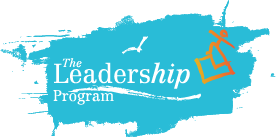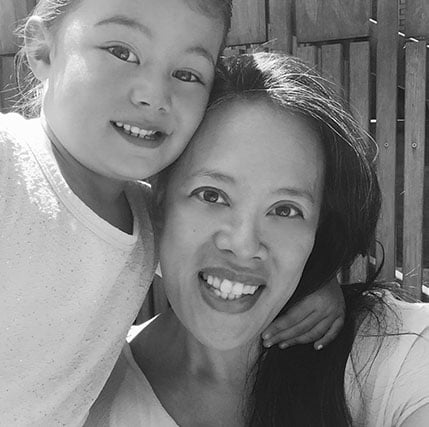
When a company has its third round of hiring by its second quarter, it can raise an eyebrow. High turnover rates? Low retention? What could it mean? As a leadership development service provider with over 250 part-time employees, and a rolling program implementation, it actually means that we’re growing.
Whether or not we hire mid-year or mid-quarter, our incoming employees still need training. After 25 years of serving schools and organizations, we have developed an effective training system: effective because it meets the needs of those we hire and those we serve.
Our internal trainings have ranged the spectrum from off-sites to conference-style, single to multi-days, weekend to virtual. We strive to keep the presentations diverse including experiential components, lectures, day-in-the-life simulations, virtual supports, as well as with supplemental online resources. The key to our success is our ability to adapt to different conditions and circumstance.
Our most recent training took place last week which makes it a mid-year hire on our fiscal calendar. Needing to hit the ground running, we decided to modify this series to be more like mini-training modules versus our 1-Day New Orientation Express, with deliberate and focused follow-up meetings on what specific new hires needed as they were immersed in their work .
As an example of how we applied our Training Design guidelines, here is what we considered for this round:
- How can we ensure maximum participation? Make the dates and times convenient for the trainees.
- How can we have maximum engagement?Be interesting and dynamic, avoid information overload, change activities every 20 minutes, utilize brain-based tips for engagement. See our Program Manager Matt Flynt’s post on the RAM in Your Brain.
- How do weassess their actual commitment and availability? Hold the training times at the same time as the programming for which they are being hired.
- How to we give them the Nuts and Bolts? Deliver the fundamental information and training they need to start their work tomorrow.
- How can we Get Buy-in and Commitment? Share our company culture, explain our mission, show the big picture, and create a bonding teambuilding experience.
While these were the specific questions we used for our most recent training, this is the general Go-To Set of Questions we ask for our Training Design. Feel free to use them the next time you design a training for your team:
- Who’s in the room? Know your audience.
- What is our objective? What do we want to accomplish by the time we’re done?
- What’s our time frame? How long do we have to meet our objectives?
- What are our clients’ needs? Who are we serving? What is the problem we are trying to resolve or goal we are trying to fulfill?
- What does the group need to know? What information do they really need to know for us to consider this a successful training?
- What does the group want to know? Ask the group in what areas they face challenges, conflicts or need clarification.
- How can we deliver it effectively? What medium of presentation would work best for the topic?
- Who can deliver it best? Select a knowledgeable and relatable facilitator that fits your audience.
- Who’s your team? Whether a one-man band or a full staff, assign roles and review action steps for success.
- All set? Lather.Rinse. Repeat. When you think you’re done, go over the list one more time! You never know what you can cut—or add!—the second (or third, or fourth…) time over.
If you're planning a training, it's never bad to sharpen your Facilitations Skills. Here's a great article on the Top 5 Ingredients to Effective Facilitation by my colleague Greg Shamie.
"The Top 10 Questions You Need to Ask When Designing an Effective Training", The Leadership Program, Inc. 2016



Comments [0]
Click here to read/write comments